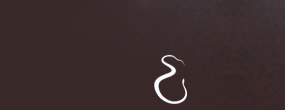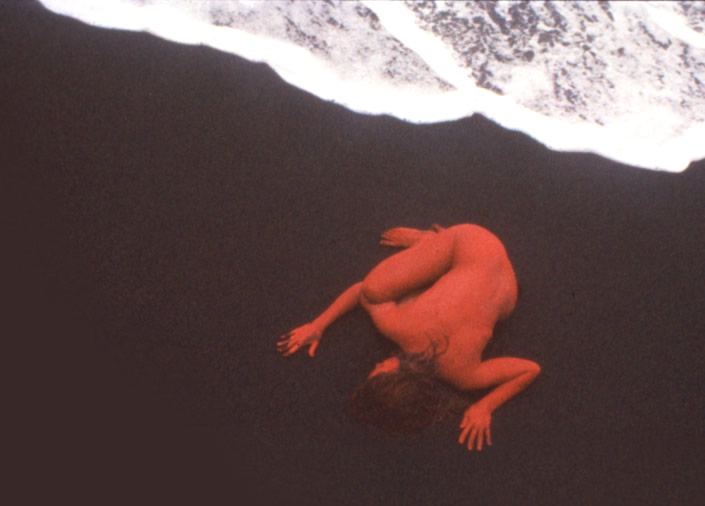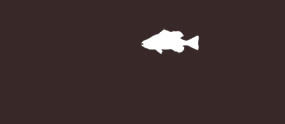






Eeo's Statements
Stilldance
I work in concert with the land, my art is inseparable from it. In 1981, I created Still Dance, which weaves together performance, body art, story, photography, and the particularity of a place. Still Dance is the summation of a performance ritual, the arrival at the "still point" in which the voice of a living place is responded to by a performer. My intent in this work is twofold for both the internal, ephemeral experience of the performer as well as for the permanent visual piece, the photograph.
Still Dance is a conversation with the land that begins with the eyes. I am stopped: some form, some texture, a shock of purple loosestrife that leaps away from the swamp, a moon sitting on the edge of a cliff, a bulldozer track lifted from the mud, some stray pocket of darkness. I am pulled in. This is the call to a particular place.
As the performer you open to its power articulating through your body its ground, its water, heat, wind, color, sound, season, the time of day. You come with your story, respond to the land's larger power, and a new story emerges. It is not a conversation between equals.
And it is not a process of forcing the land to serve as a metaphor for an internal human state; nor is it using the land as a backdrop for an abstract set of aesthetic principles. It is rather, a collaboration between the inner and the outer worlds. When I am first called, the place does reflect my inner world but I explore that reflection through chosen movements (sometimes as simple as folding and unfolding, sometimes a mere gesture) so that the outer world influences and shapes the dance.
This form, Still Dance, brings a performer to an authentic experience with a place. My use of color and texture (body paint, mud, grasses, etc.) emerges from the interplay of both the character of the story and the direct observation of the land. This body art helps to prepare the performer to move out of the ordinary realm, as well as to attempt to give the viewer the chance to go with them. My hope for both the performer and the viewer is to refine and extend the senses, to fully sense each place, triggering memories deep in the body. They are old memories and yet in their awakening comes the chance to couple again with the land.
Eeo Stubblefield - © 1981
Performance Rituals
In 1979, Still Dance began in my mind's eye and lived there for several
years. I vividly remember my first calling. I was a passenger driving
along the coast of Northern California, dreaming onto the land. It was
an open hillside in the distance where I began my visual dialogue. I imagined
hundreds of yellow figures on that hillside jumping. This image was startling,
to see it so clearly in my mind's eye and to this day I have yet to bring
that particular image into the world. From that moment on, this kind of
perception haunted me. Whenever something in the land called out to me,
I would see a body or sometimes many bodies joined with it.
A couple of years later, when I finally gave form to these images, I felt
like what Helen Keller must have felt like when she first grokked what
Anne Sullivan was tapping into her hands. My body wanted to place itself
with everything it could, curled beneath the jagged crack of a cliff,
giving over to a field of grass…
Since then, my work has been focused on two intentions equally; the internal,
ephemeral experience of the performer and the permanent visual piece,
the photograph.
When I am developing a group performance ritual, I begin with the initial
image of the body in the landscape, but it takes many months to write
the final score. I try to weave two focuses-the experience and the photograph.
I do not want to sacrifice one for the other. There are definitely cases
where I haven't accomplished this marriage, and it is the photograph that
suffers.
In all my work, there are no rehearsals. Many of the performers have never
performed before. The day of the event is the first time they come together.
I will have had many conversations with each performer beforehand so they
have a vague idea of what the piece will entail. Each piece begins with
the introduction of the participants to each other, and with the photographers,
and then a going over of the score (which is in written form). In some
cases (take Imbolc for example), I will lead them through movement, writing
and drawing explorations to get at inner material that is essential for
the piece. But in most cases, I depend on the costume and set of activities
to transport their psyches and spark their imaginations. In all cases,
the site itself is what is most mysterious to me. I can only imagine the
possibilities. Each element in nature shapes the dance. After the score,
the land becomes the final choreographer. I can work months on a piece
and when the day of performance arrives, what the day brings to the chosen
site of performance, I have no control over, and this is what thrills
me the most.
Land
Speaking - Abstracting Realism
Mandalas
In 1993, what life presented spiraled me downward into the darkest, saddest,
and most reflective year of my life. I was incapable of doing any work
with the land, with my Still Dance. The Still Dances ask a lot of both
myself (as performer, director) and those that collaborate with me to
produce them. I was not strong enough emotionally, nor socially to perform.
I was immobilized. I would sit for hours on end in one place without moving.
The place I sat most often was a round patch of thyme, woven in the grasses
in my backyard. My eyes were transfixed on this herb, but I was staring
inward. Being transfixed visually while reflecting within opened a door.
I was called back out to the land, this time not to perform with it but
rather to take a closer look. I started to photograph "place"
very close up. Then back in my studio I would take two of the same photographs
and place them side by side. This reflection of "back on itself"
entranced me. The process of taking the photographs and putting them together
became a medicine, a gift. I was driven by an ecstatic energy that lifted
me up from underground and propelled me into work.
I wanted to see everything reflected. Thus a new body of work evolved.
I call this work Land Speaking - Abstracting Realism. The combining of
two photographs grew into many. In these collages I'd carefully cut and
reassemble the parts of many c-prints developed from a single negative.
This allows the collage fragments to kaleidoscope into each other, so
the composition is repeatedly lost and then found again as the views shift
the gaze between the abstract patterns and the details.
After a several years of exploring this work I integrated the two bodies
of work, Still Dance and Land Speaking, bringing the body back into the
land, and back into the photograph. Once I was performing again, that
was that…
Bio
My
art has always been inseparable from the land. Landscapes, the places
we pass by and through-hillside, forest, street-are the stages onto which
I set my performance narratives. My earliest work is rooted in images
born from the beauty of the natural environment. Driving up the coast
of Northern California in the late seventies I looked out the window and
(in my mind's eye) saw hundreds of yellow figures jumping on a distant
hillside. Still Dance-a series of photographs of individual and/or collective
(painted and costumed) bodies in specific environments-was born of this
image.
Still Dance allowed me to create and perform Theater from the stage of
my rural environment, to capture the story in an image and communicate
it to a larger audience. Over the years Still Dance evolved from solo
performances to performances involving groups of up to forty participants.
As the pieces grew in scale I began to present them in increasingly public
and populated environments adding the dimension of a direct visceral engagement
between performer and audience.
Two primary considerations guide my work-the internal experience of the
performer and its visual, embodied expression as an aesthetically compelling
theatrical narrative. I depend on elements of the "score"-costumes,
props, simple gestures and task-based activities-to invite participants
into an encounter with themselves, the content of the piece and their
surrounding environment. Ultimately, I want my work to enable performers
and audience to experience themselves in a totally new way, to find the
unfamiliar within the familiar.
For twenty years the images I've created have been an expression of my
love of the land and its beauty. September 11, 2001, and later, the U.S.
invasions of Afghanistan and Iraq, turned my eye from my beloved landscapes
of the natural environment to landscapes of war-the ground on which they
are fought and from which they are launched. I began to see the world
(and the land) in a painfully different way. This new dialog with Place
has shifted the content of my work from imagistic narratives that sought
to illuminate the extraordinary within the ordinary of the natural world,
to activist allegories that seek to excavate the hidden political nature
of our relationship to Place.
Copyright © 2011 Eeo Stubblefield. To e-mail Eeo:eeos@hvc.rr.com

